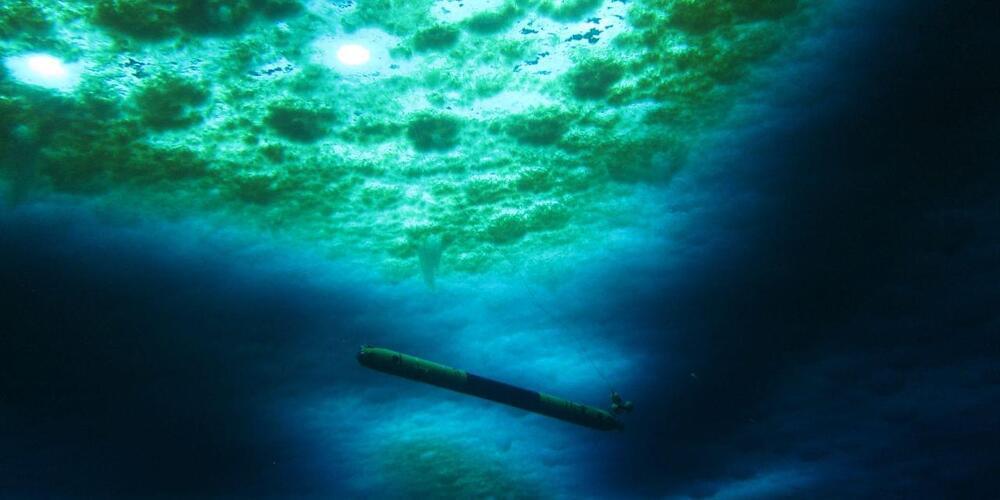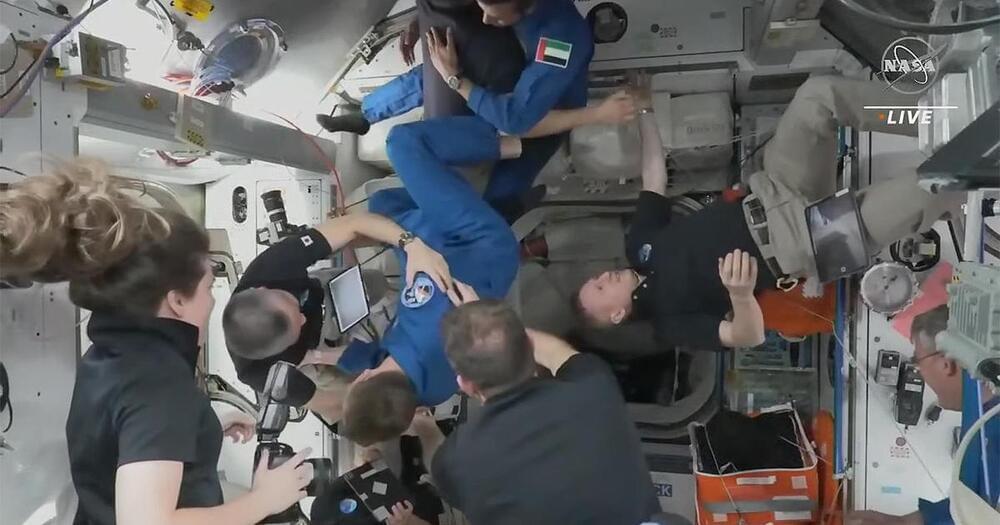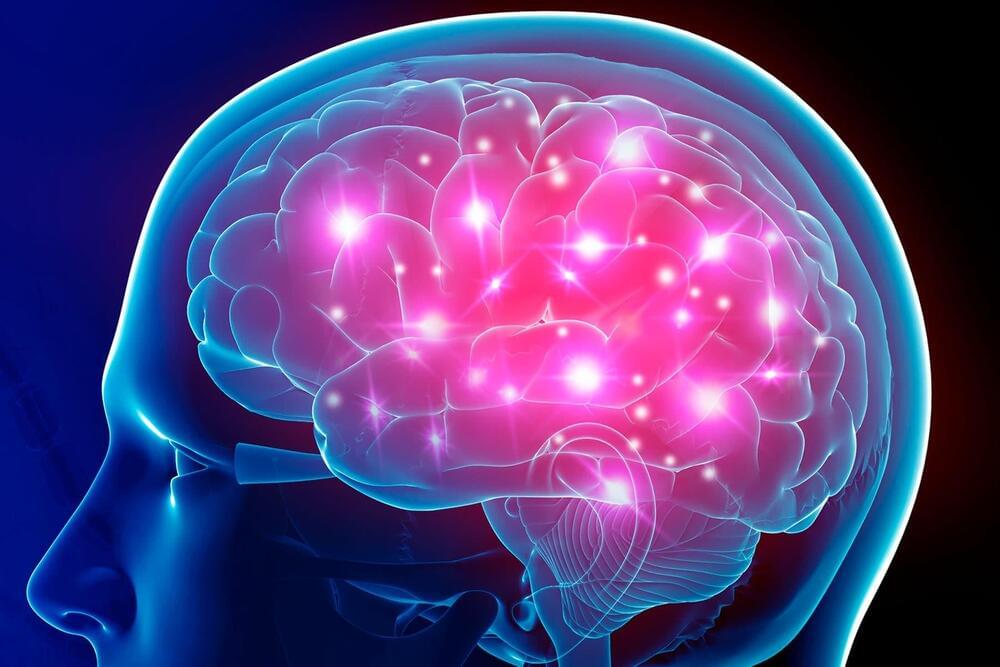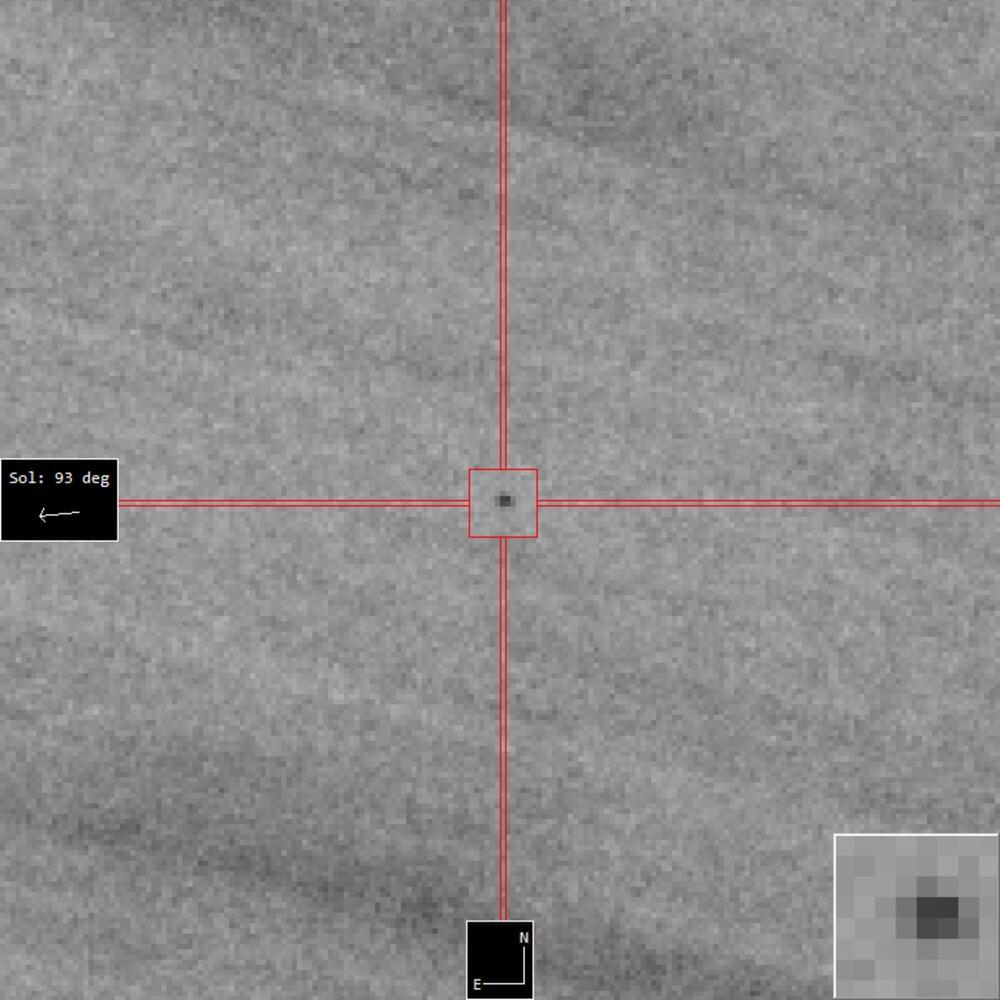face_with_colon_three year 2022.
It’s all in the power of kinetic energy. Oh, and batteries.

face_with_colon_three year 2022.
It’s all in the power of kinetic energy. Oh, and batteries.

Influenza B is a type of virus that causes the flu. It is one of three types of influenza viruses, along with influenza A and C. Influenza B typically causes milder symptoms than influenza A, but it can still lead to serious illness and complications in certain populations, such as young children, elderly adults, and people with weakened immune systems.
‘Losing jobs to ChatGPT will never happen. The human mind is the most flexible instrument — so what you should do is, use ChatGPT as the base and then show your creativity!’ says Infosys Founder NR Narayana Murthy on whether ChatGPT is likely to take away coders’ jobs. Speaking to the press on the sidelines of the Nasscom Technology and Leadership Forum, Narayan Murthy said, “In 1977–78 there was a thing called program generators. Everybody said the youngsters will lose all jobs, it didn’t happen… The human mind is the most flexible instrument. It can adapt very well. And all that happened was people start solving bigger and bigger problems, which these program generators could not handle.” Murthy said that ChatGPT is good and one should welcome it…
———————-
Thank You for watching! Do not forget to Like | Comment | Share.
———————-
About the channel.
Watch us for the best news and views on business, stock markets, crypto currencies, consumer technology, the world of real estate, bullion, automobiles, start-ups and unicorns and personal finance. Business Today TV will also bring you all you need to know about mutual funds, insurance, loans and pension plans among others.
Follow us at:
Website: https://www.businesstoday.in.
Facebook: https://www.facebook.com/BusinessToday.
twitter: https://twitter.com/business_today.
Instagram: https://www.instagram.com/business_today/
Get a Wonderful Person Tee: https://teespring.com/stores/whatdamath.
More cool designs are on Amazon: https://amzn.to/3wDGy2i.
Alternatively, PayPal donations can be sent here: http://paypal.me/whatdamath.
Hello and welcome! My name is Anton and in this video, we will talk about new explanations of the Fermi paradox focusing on the Hart Tipler Conjecture that tries to disprove the existence of extraterrestrial intelligence.
Links:
https://ui.adsabs.harvard.edu/abs/1975QJRAS…16…128H/abstract.
https://arxiv.org/abs/2301.09575
Potential other resolutions of Fermi paradox:
https://www.youtube.com/watch?v=b3xro2jHevk.
https://www.youtube.com/watch?v=k_B9YP5nEWw.
https://www.youtube.com/watch?v=b3xro2jHevk.
Hawking radiation: https://youtu.be/6h6MgvBLrxk.
Penrose process: https://youtu.be/A-WIsnoX2Uw.
0:00 Intro.
0:40 Hart-Tipler Conjecture in a nutshell.
3:40 Main criticism of this idea.
7:10 Potential conclusions.
9:00 Potential solutions from Quantum Computing.
Support this channel on Patreon to help me make this a full time job:
https://www.patreon.com/whatdamath.
Bitcoin/Ethereum to spare? Donate them here to help this channel grow!
bc1qnkl3nk0zt7w0xzrgur9pnkcduj7a3xxllcn7d4
or ETH: 0x60f088B10b03115405d313f964BeA93eF0Bd3DbF
Space Engine is available for free here: http://spaceengine.org.

Want to explore never-before-seen places in Antarctica? These robots took humans to previously unreachable ice caves.

The Crew Dragon delivered a three-country, four-man crew for a six-month stay. They’ll replace four other station crew members who plan to return to Earth around March 9.

The man may have acquired this very rare infection after rinsing his sinuses with tap water, the Florida Department of Health in Charlotte County said in a news release.
While health officials continue to investigate the cause of the Naegleria fowleri infection, they emphasized that it can’t be contracted from drinking tap water.
These infections only happen when contaminated water enters through the sinuses, officials said.
The digital tool can help us understand the past, and predict Earth’s future.

A new study out of the UK says there are mathematics to crowds, and people move in predictable patterns like straight lanes and parabolas.

For a few tense days this January, a roughly 70-metre asteroid became the riskiest observed in over a decade. Despite the Moon’s attempt to scupper observations, the asteroid is now known to be entirely safe.
*Join ESA, NASA and Asteroid Day LIVE from 19:00 CET this evening in “Killing asteroids — with the experts”, to find out more*.
Initial observations of an asteroid dubbed ‘2022 AE1’ showed a potential Earth impact on 4 July 2023 – not enough time to attempt deflection and large enough to do real damage to a local area should it strike.